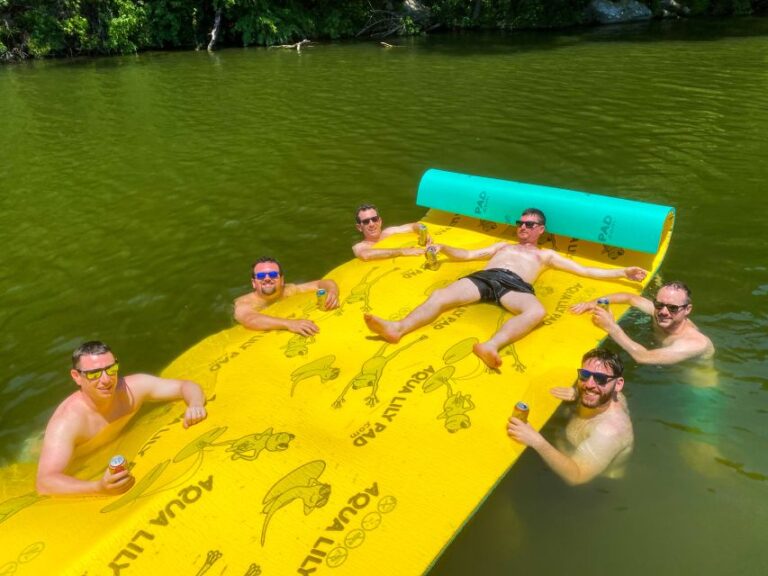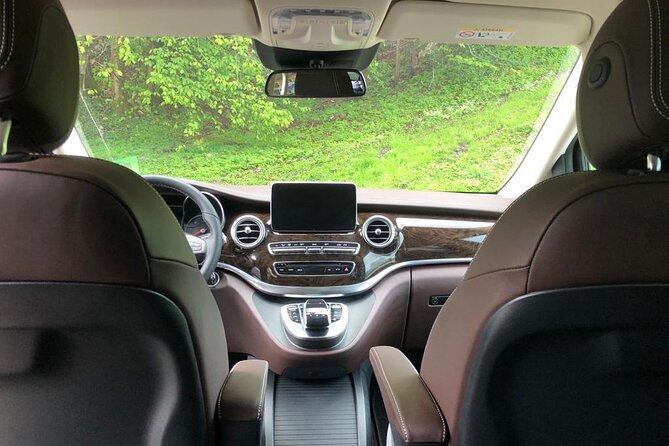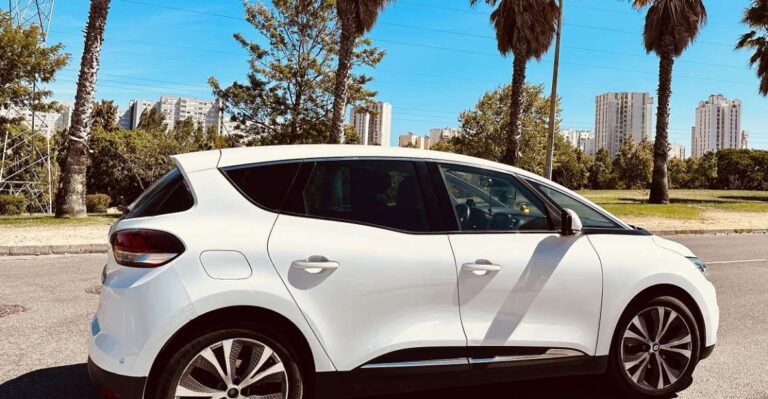Berlin’s alternative walking tour takes visitors on a captivating journey through the city’s vibrant neighborhoods, showcasing a dynamic underground culture. From diverse cuisines influenced by multicultural communities to thriving street art scenes and community-driven urban farms, the tour highlights Berlin’s unique blend of tradition and cutting-edge trends. Delve deeper into the city’s rich subcultural history, marked by the rise of punk, techno, and grassroots activism, as well as its reputation as a sanctuary for nonconformist thinkers and creatives. Explore how Berlin’s past and present collide to create a truly one-of-a-kind urban experience.
Key Points
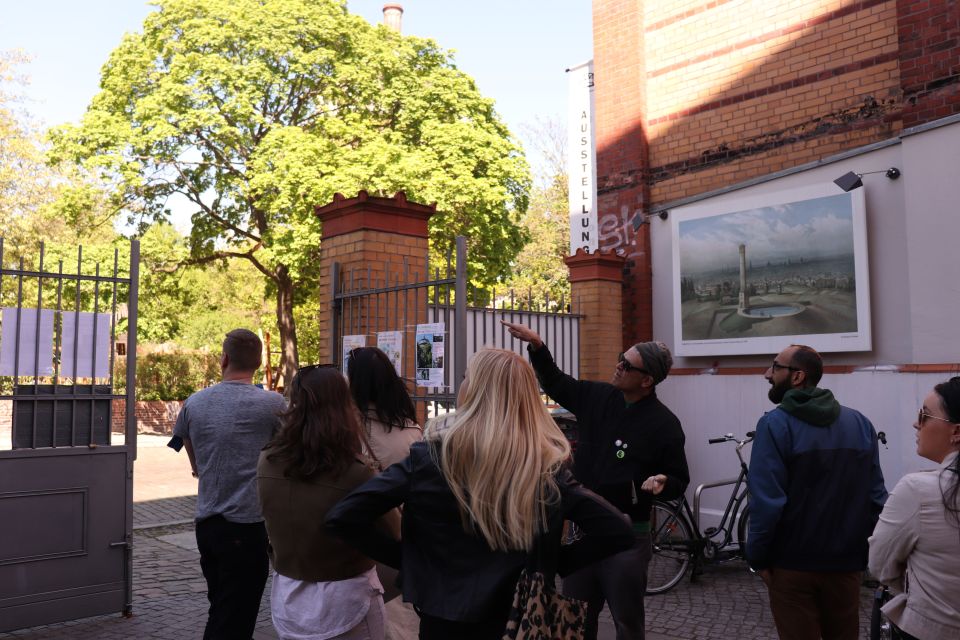
- Explore the diverse neighborhoods of Prenzlauerberg, Mitte, and Kreuzberg, showcasing alternative culture, street art, and multicultural influences.
- Discover the origins and local twist on iconic Berlin dishes like currywurst and döner kebab, reflecting the city’s vibrant food scene.
- Visit unconventional galleries and repurposed industrial spaces along the city’s tranquil canals, gaining insights into Berlin’s subcultural history.
- Venture to community-funded urban farms promoting sustainable food production and environmental stewardship within the heart of the city.
- Observe the contrast between the distinct architectural styles, cultural influences, and social dynamics of former East and West Berlin neighborhoods.
Neighborhood Exploration
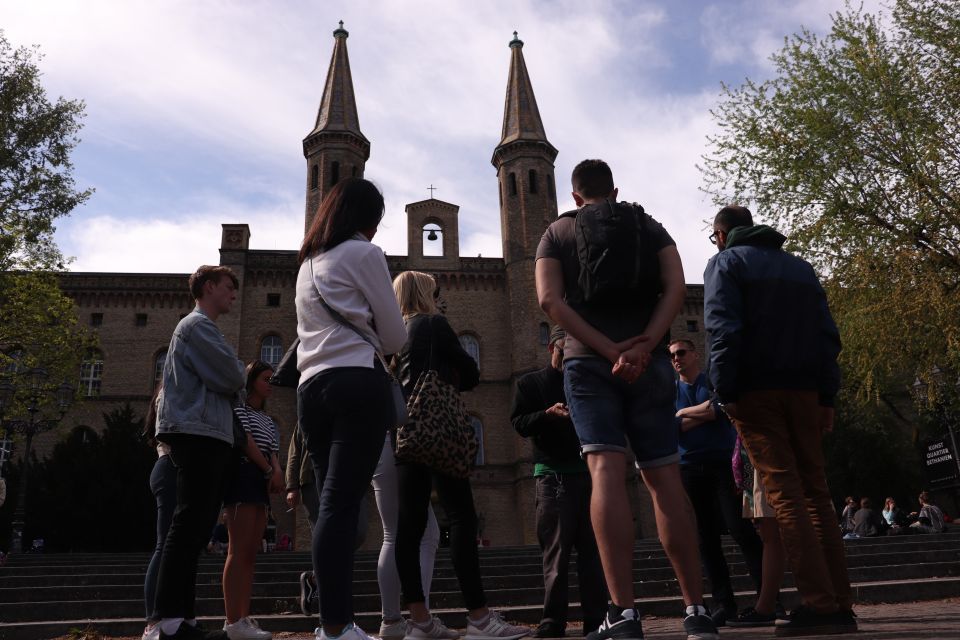
The tour takes visitors on a journey through Berlin’s diverse neighborhoods, showcasing the city’s alternative and urban culture. Travelers will explore areas like Prenzlauerberg, Mitte, and Kreuzberg – each with its own distinct character and vibe.
In these vibrant districts, they’ll discover thriving street art scenes, bustling city markets, cozy cafes, and eclectic artist quarters. The tour highlights the city’s multicultural influences, from the origins of iconic Berlin dishes like currywurst and doner to the lively community-funded urban farms.
Currywurst, Döner, and Prater
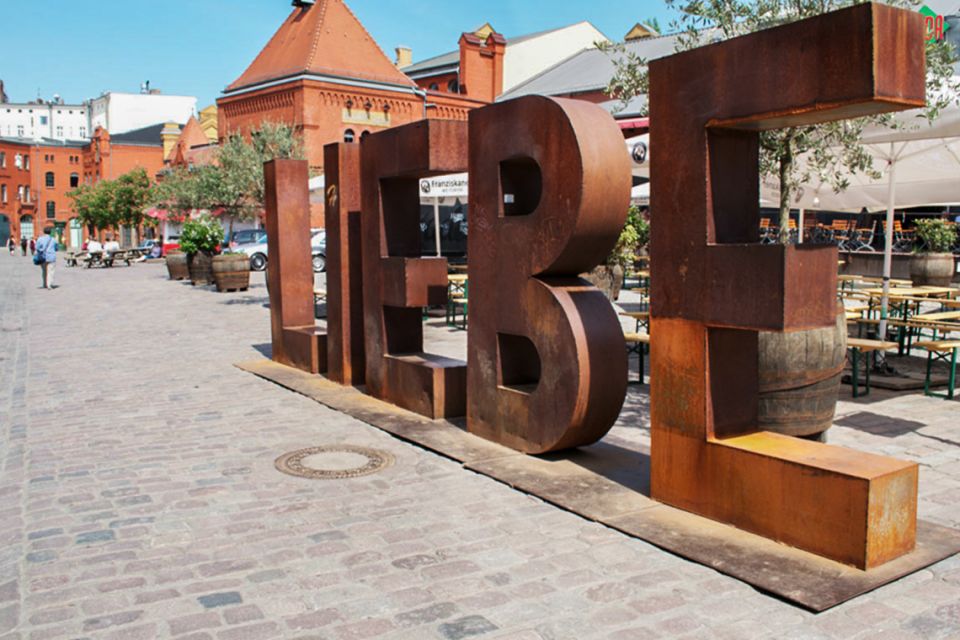
On the tour, visitors learn the origins of iconic Berlin dishes like the Berliner Currywurst, a local twist on the traditional sausage, and the beloved Döner kebab, a Turkish-influenced fast food staple.
They also explore the historic Prater Beer Garden, a longstanding community hub.
The Currywurst, a grilled sausage topped with a curry-flavored ketchup, was first popularized by a Berlin street vendor in the 1950s.
The Döner, with its signature rotating meat and colorful toppings, was brought to Berlin by Turkish immigrants.
At the Prater Beer Garden, guests can sample regional Prater beers while soaking in the lively atmosphere of this beloved local institution.
Underground Galleries and Canals
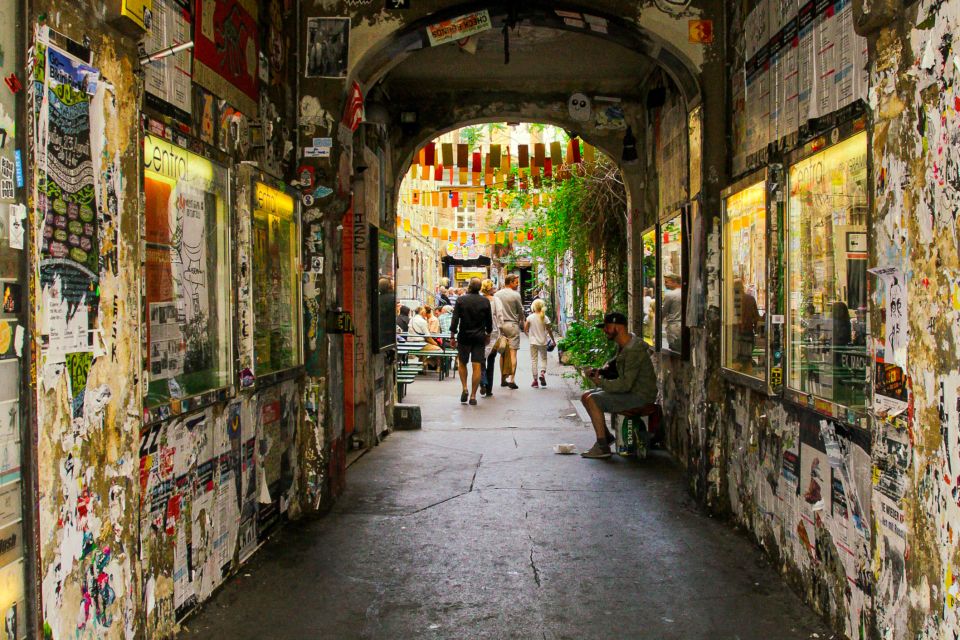
After exploring the origins of beloved local dishes, the tour moves on to uncover Berlin’s thriving underground art scene, where visitors discover a network of unconventional galleries and tranquil city canals. These hidden cultural hubs showcase cutting-edge works from local and international artists, often housed in repurposed industrial spaces or tucked away along peaceful waterways. The guide shares insights into the city’s rich subcultural history, shedding light on how these alternative spaces have fostered Berlin’s avant-garde spirit. Participants gain a deeper appreciation for the city’s creative underbelly, a vibrant counterpoint to its bustling streets.
| Gallery | Canal | Attraction |
|---|---|---|
| Urban Nation | Spree River | Charlottenburg Palace |
| Kunsthaus Tacheles | Landwehr Canal | East Side Gallery |
| Alte Münze | Luisenstadt Canal | Tiergarten Park |
Community-Funded Urban Farms
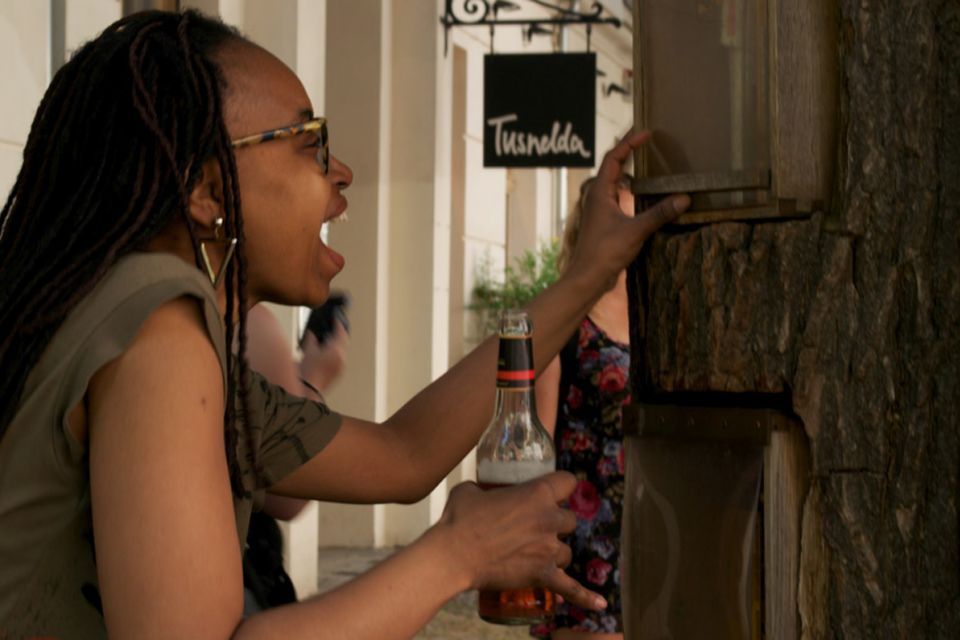
Interspersed among Berlin’s vibrant neighborhoods, community-funded urban farms offer visitors a unique glimpse into the city’s sustainable food movement.
These grassroots initiatives, often tucked away in unexpected corners, showcase the residents’ commitment to local food production and environmental stewardship.
Visitors can wander through lush vegetable patches, explore composting systems, and learn about the farms’ educational programs.
The farms, many of which are run by volunteers, aim to promote food sovereignty, reduce the city’s carbon footprint, and foster a sense of community.
Berlin’s Subcultural History
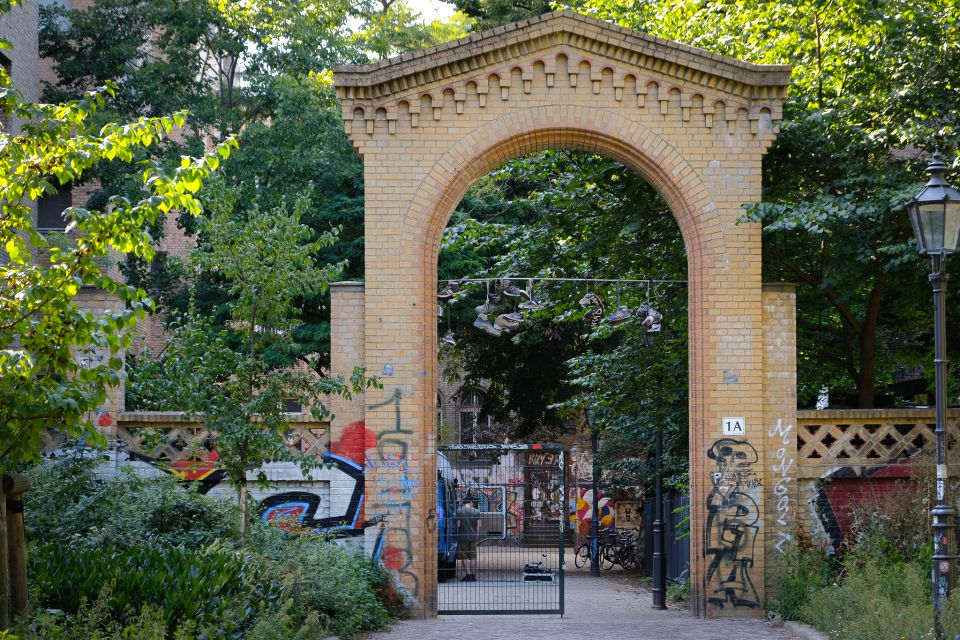
Berlin’s long-standing reputation as a hub for alternative and counterculture movements has its roots deeply embedded in the city’s turbulent history. The fall of the Berlin Wall in 1989 marked a significant turning point, catalyzing the resurgence of underground artistic and political expressions that had been suppressed during the division of East and West.
The city’s subcultural history encompasses:
- The rise of punk, techno, and squatter communities in the 1980s and 1990s
- The proliferation of independent art galleries, music venues, and experimental performance spaces
Berlin’s reputation as a sanctuary for nonconformist thinkers, creatives, and free-spirited individuals is also shaped by:
- The grassroots activism around issues like environmentalism, LGBTQ+ rights, and social justice
Multicultural and Liberal City
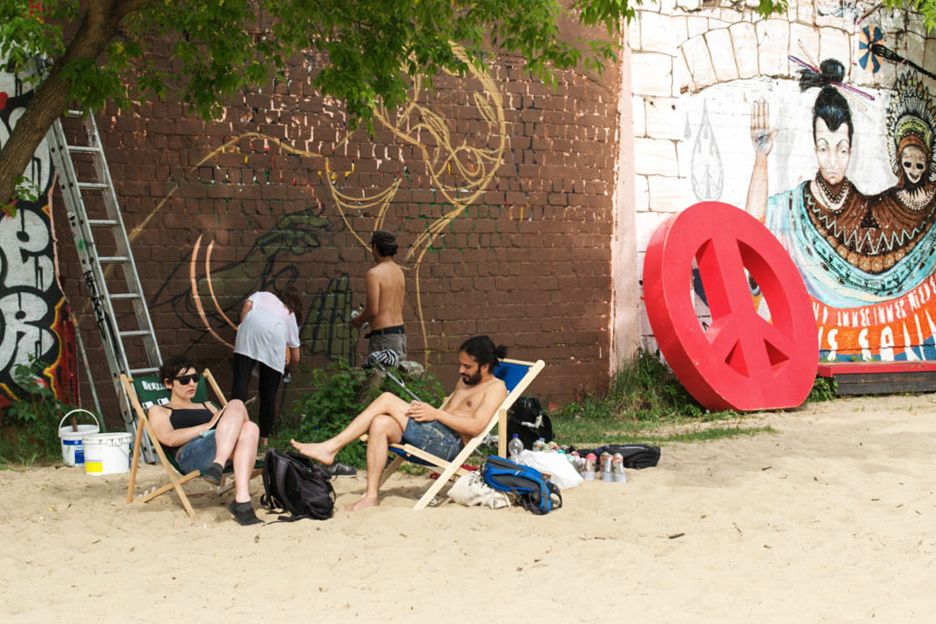
Berlin is widely celebrated as a multicultural and liberal city, fostering an environment that embraces diversity and nonconformity.
The city’s progressive spirit is evident in its thriving arts scene, open-minded community, and inclusive public spaces that cater to a wide range of interests and lifestyles.
From the lively neighborhoods of Kreuzberg and Neukölln, with their eclectic mix of ethnic eateries and vibrant street art, to the alternative artist quarters and community-driven urban farms, Berlin celebrates its diversity and encourages a culture of acceptance and self-expression.
This liberal ethos is deeply rooted in the city’s history, shaped by its reunification and the ongoing evolution of its social and cultural landscape.
Blend of Tradition and Trends
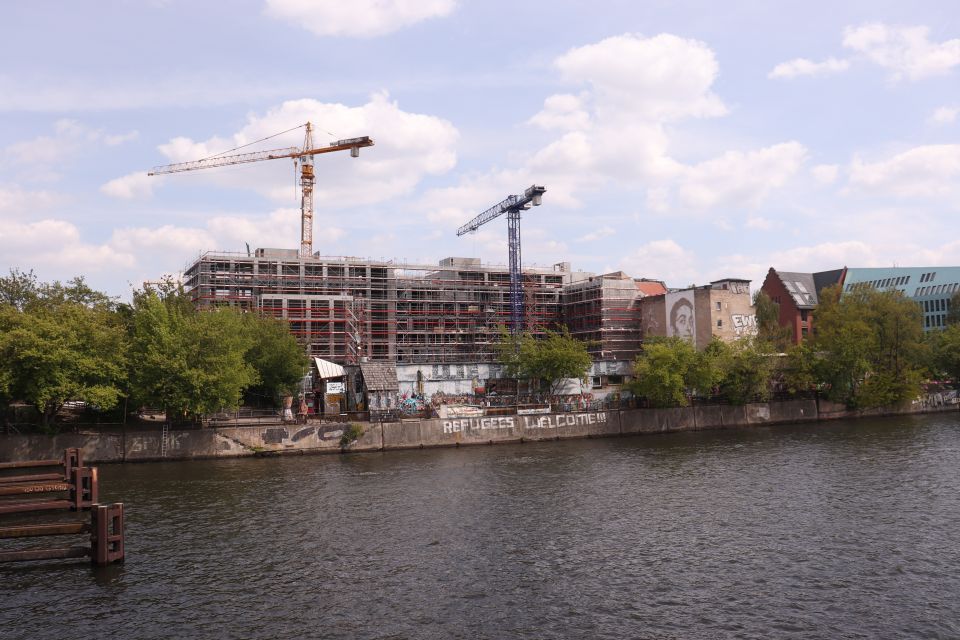
Amid the city’s pulsating energy, a captivating interplay of timeless traditions and cutting-edge trends defines Berlin’s ever-evolving urban landscape.
From historic architecture standing alongside innovative modern structures to the fusion of time-honored culinary delights and trendy gastronomic experiences, Berlin seamlessly blends the old and the new.
This dynamic blend is evident in:
- Centuries-old beer gardens hosting contemporary art exhibitions
- Quaint neighborhood cafes serving artisanal coffees and fusion cuisine
- Vintage clothing stores showcasing the latest sustainable fashion
- Eclectic flea markets where vintage finds mingle with avant-garde designs
This harmonious coexistence of the traditional and the novel is what lends Berlin its distinctive character, making it a truly unique and captivating destination.
East and West Comparison
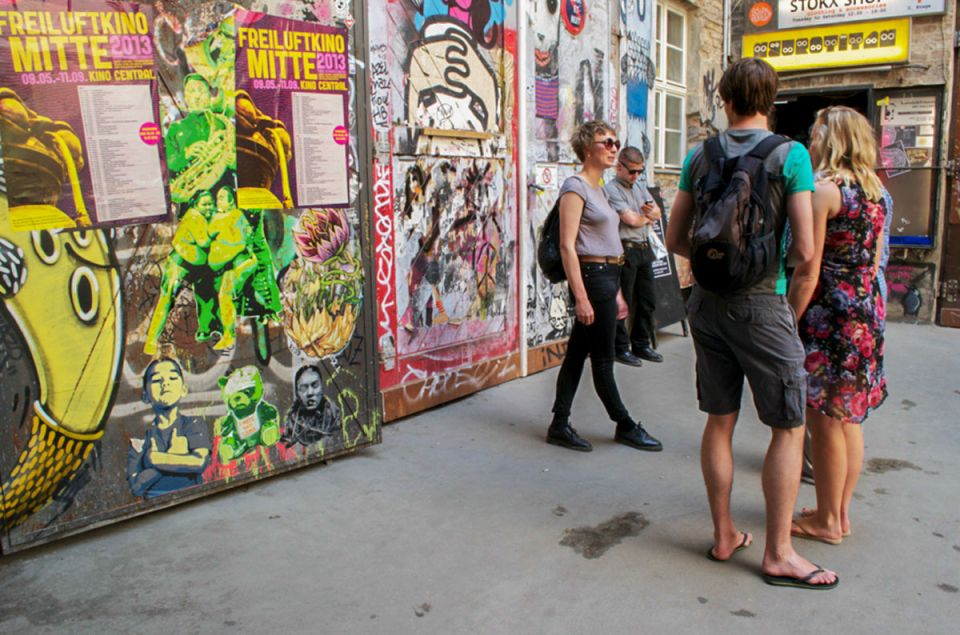
Across the city’s vibrant neighborhoods, the contrast between East and West Berlin remains a captivating aspect of the urban experience. Visitors can observe the distinct architectural styles, cultural influences, and social dynamics that define these formerly divided realms.
On the one hand, the former East Berlin neighborhoods, such as Prenzlauer Berg and Mitte, retain a sense of gritty authenticity, with buildings that bear the marks of the communist era.
In contrast, the western districts, like Kreuzberg and Neukölln, have undergone significant gentrification, blending traditional German influences with a more cosmopolitan, trendy atmosphere.
Exploring these differences allows travelers to gain a deeper understanding of Berlin’s complex history and the resilience of its diverse communities.
Frequently Asked Questions
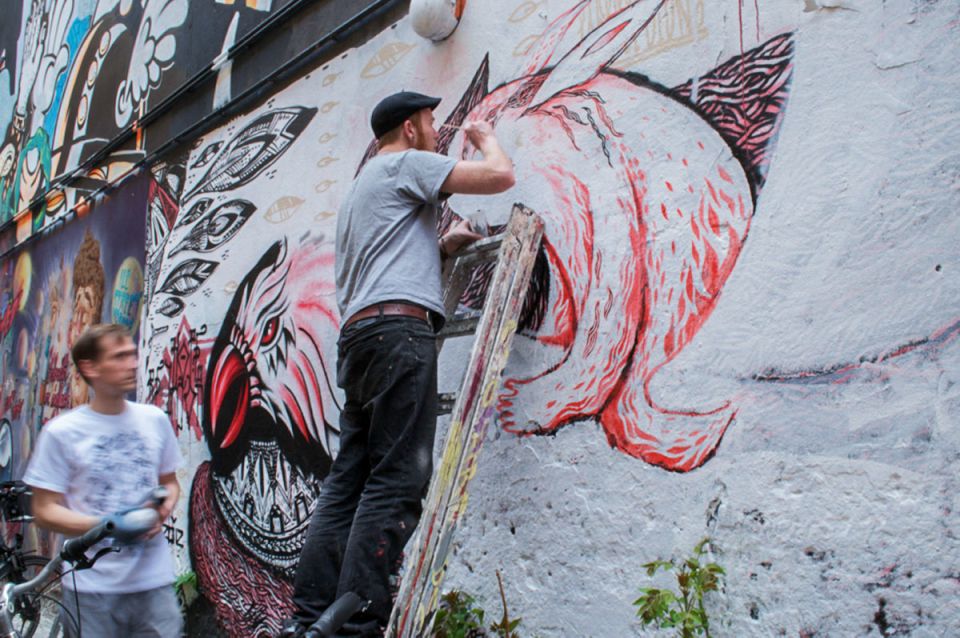
How Long Is the Walking Tour?
The walking tour lasts 4 hours, allowing participants to discover Berlin’s alternative and urban culture by exploring neighborhoods, seeing street art, visiting markets, cafés, and more.
Is the Tour Suitable for Children?
The tour is generally not suitable for children. The content focuses on Berlin’s alternative culture, including street art and subcultural history, which may not be appropriate for younger audiences. The tour involves 4 hours of walking which could be challenging for children.
What Is the Cancellation Policy for the Tour?
The tour has a free cancellation policy up to 24 hours in advance. Customers can reserve their spot and pay later, making it easy to adjust their plans if needed.
Can the Tour Be Customized for Private Groups?
Yes, the tour can be customized for private groups. The tour provider offers private tours that can be tailored to the group’s interests and schedule. Pricing and availability for private tours may differ from the standard public tour.
Are There Any Discounts Available for the Tour?
The tour provider may offer discounts for larger groups, students, or seniors. Inquire about any available discounts when booking the tour. Discounts are often not advertised publicly, so it’s best to ask directly.
Recap
Berlin’s alternative walking tour offers a unique opportunity to explore the city’s vibrant underground culture.
From diverse cuisines to thriving street art and community-driven urban farms, the tour showcases Berlin’s blend of tradition and cutting-edge trends.
Visitors can discover the city’s rich subcultural history and its reputation as a sanctuary for nonconformist thinkers and creatives, making it a must-visit destination for those seeking an immersive cultural experience.

